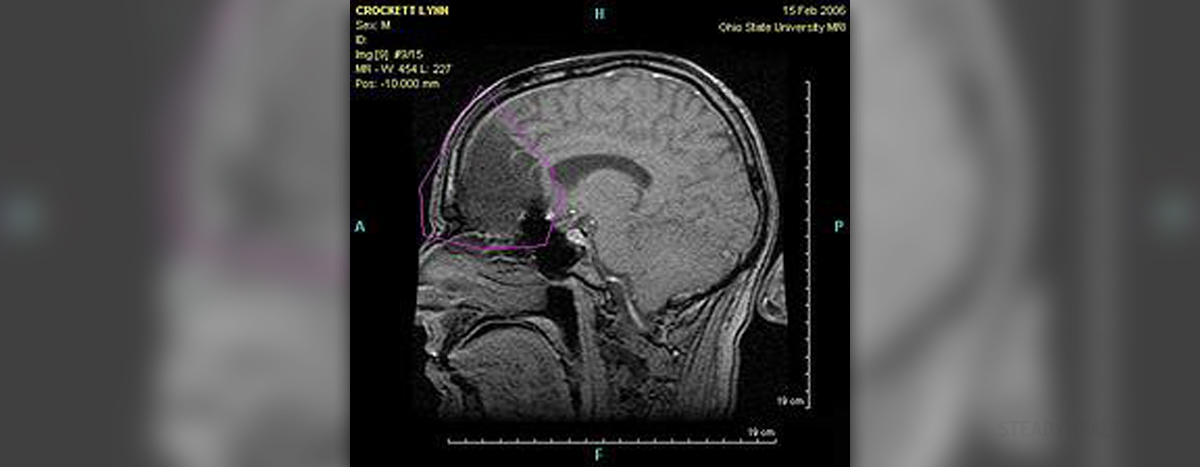
Unfortunately, not all patients suffering from epilepsy can control seizures with prescribed medications. It is estimated that around 30% of all patients suffer from severe and recurrent seizures which are difficult to control. In such case patients are left with only one option-surgery.
Surgery for epilepsy is an invasive procedure with two goals. Firstly, it is performed to improve patient's quality of life and secondly, it is supposed to control the disease. A surgeon may opt for removal of the part of the brain responsible for seizures or he/she interrupts the nerve pathways through which seizures impulses spread within the brain.
Prior surgery for epilepsy patients undergo thorough evaluation and many tests and exams which determine whether they are suitable candidates for such treatment.
Candidates for Epilepsy Surgery
As it has already been mentioned, surgery for epilepsy is last resort for all patients who suffer from repeated seizures in whom the condition simply cannot be controlled with any available medication. Severely affected patients are suitable candidates for this type of surgery. Only those who are additionally suffering from other medical conditions such as cancer of heart disease may not be operated and should consider other treatment options.
Epilepsy - Surgical Options
There are several surgical procedures which can be performed in this purpose. The surgeon opts for the most convenient one according to the type of seizures the patient is suffering from as well as the part of the brain which is the starting point for seizures.
Lobe resection includes resection of the entire lobe of the brain. There are the frontal, parietal, occipital and temporal lobes. For instance, temporal lobe epilepsy affects teens and adults and is easily brought under control with temporal lobe resection.
Lesionectomy includes resection of isolated brain lesions such as areas of injuries or defects.
One more surgical procedure for epilepsy is corpus callosotomy. It includes partial removal of the corpus callosum and is performed only in extreme cases of uncontrollable epilepsy.
Functional hemispherectomy is a radical surgery which includes removal of the entire hemisphere (a half of the whole brain). To be more precise, a limited area of brain tissues is removed and one hemisphere is actually detached from the rest of the brain. This extreme surgery is performed in children younger that 13 years in whom one hemisphere is simply not functioning adequately.
Finally, there is multiple subpial transection (MST), a procedure reserved for patients in whom seizures stem from parts of the brain which cannot be surgically removed. The surgeon instead makes a series of cuts in the brain tissue. These cuts actually interrupt transfer of seizure impulses and this way prevent seizures from occurring.

















Your thoughts on this
Loading...